Hattusa, sometimes spelled as Hattusha, is a historic city in Turkey’s Black Sea region, near modern Boğazkale, in the province of Çorum. This ancient city was formerly the capital of the Hittite Empire, which was considered to be one of the world’s greatest superpowers in antiquity.
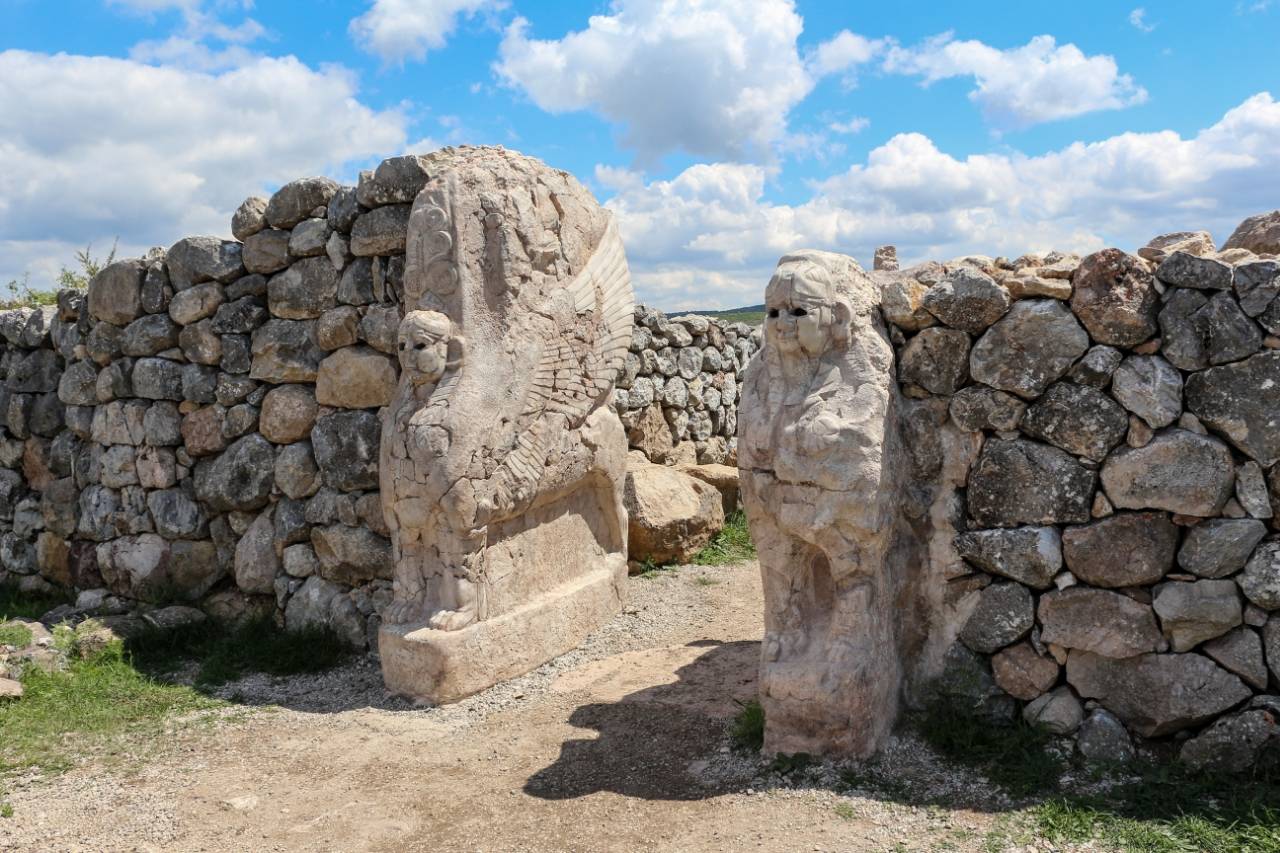
The Egyptians referred to the Hittites as a major power, alongside Assyria, Mitani, and Babylon, in the 14th century BC Amarna Letters, and considered them as equals. Hattusa was created by the Hatti, an indigenous tribe that resided in the area before the Hittites arrived. The Hittites’ origins are still unknown.
Hattusa: The beginning
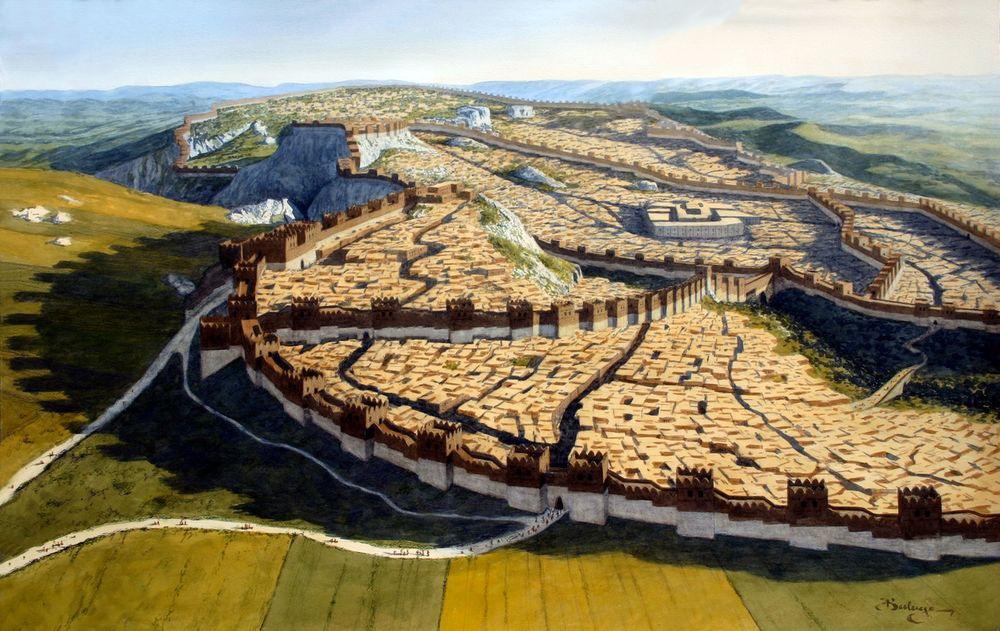
The Hatti built a city-state centred on Hattusa around the third millennium BC. Hattusa was one of numerous minor city-states in the region during the time. Kanesh, which is near to Hattusa, is another potential Hatti city-state. The Assyrians are claimed to have founded a trade colony circa 2000 BC, and the word Hattusa was first discovered in written texts from this time period.
Hattusa history ended arround 1700 BC. During this time, Anitta, a Kussara king, conquered and then razed the city to the ground (a city-state whose location has yet to be identified). The king is supposed to have left an inscription proclaiming his triumph over Hattusa and cursing the land on which the city stood, as well as anybody who may rebuild and govern there. Anitta was a Hittite ruler or ancestor of the later Hittites.
It is ironic that Hattusa was colonised in the mid-17th century BC by Hattusili, a Hittite monarch also known as ‘Man of Kussara.’ Hattusili means “One of Hattusa,” and it is possible that this monarch took this name during his occupation of Hattusa. Due to a lack of documents, it is unknown if Anitta rebuilt the city after it was destroyed. This begs the issue of whether Hattusili, like Anitta, had to use force to take Hattusa or just construct on the remains of the ancient city.
Hattusa Structures
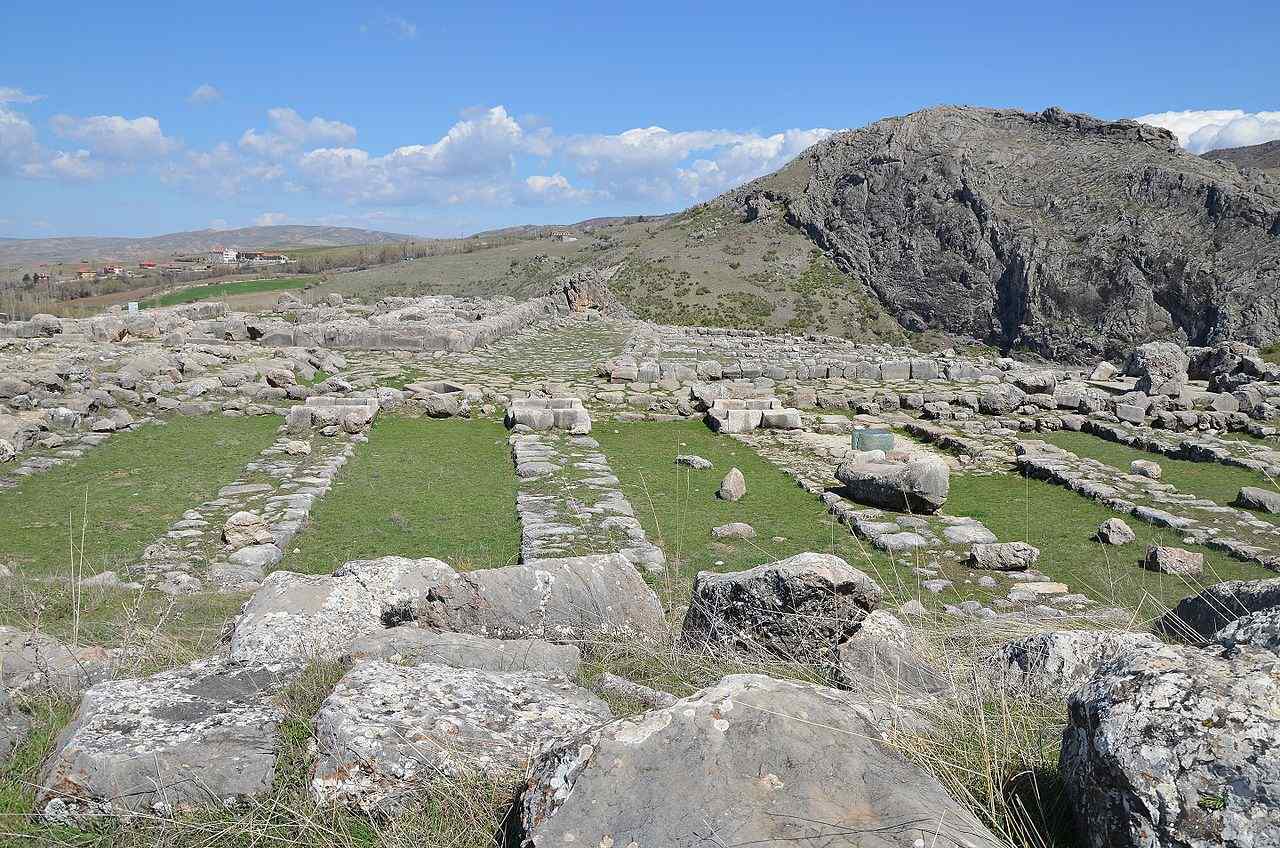
What is more known is that the Hittites rose to prominence in the region, establishing an empire and establishing Hattusa as their imperial seat. Monumental structures were constructed in Hattusa during this time period, the ruins of which can still be seen today. The city, for example, was discovered to be guarded by a massive wall more than 8 kilometres (4.97 miles) long. Furthermore, the top city was protected by a double wall with almost a hundred towers.
This wall has five gates, including the well-known Lion’s Gate and the Sphinx’s Gate. Hattusa has also yielded a plethora of temples in addition to these defensive buildings. The Great Temple, located in the lower city and dating back to the 13th century BC, is the finest preserved of them.
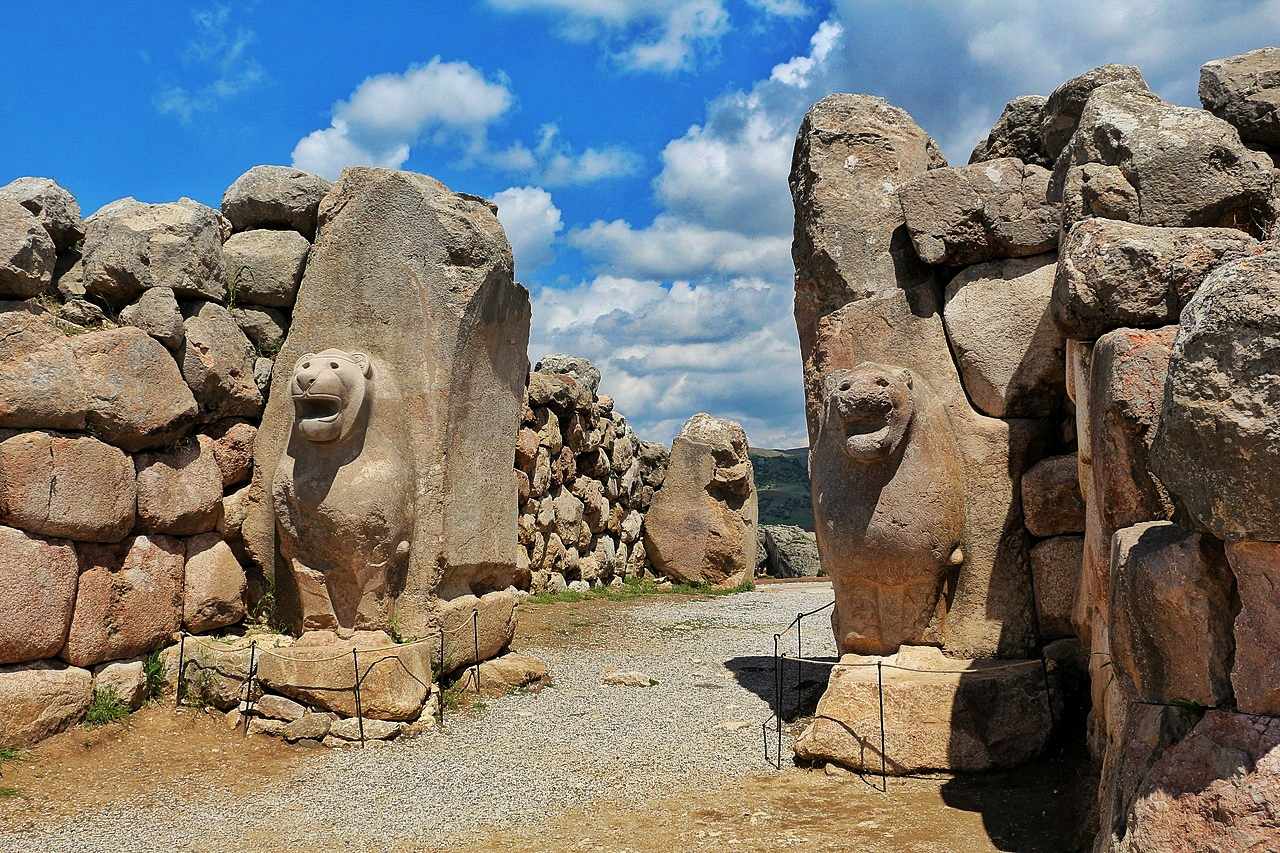
Archaeologists also uncovered a 2,300-year-old hidden tunnel in Hattusa in 2016. According to the researchers, “Previously, a cuneiform tablet was discovered here, with a king instructing the priests on what to perform during the ceremonies. This hidden tunnel might have had a holy purpose.”
Another intriguing feature in Hattusa is the enigmatic big green rock known as the “desire stone” by the locals. The massive rock is thought to be serpentine or nephrite, which means it is not a common stone in the area. Nobody knows for certain what the rock was used for.
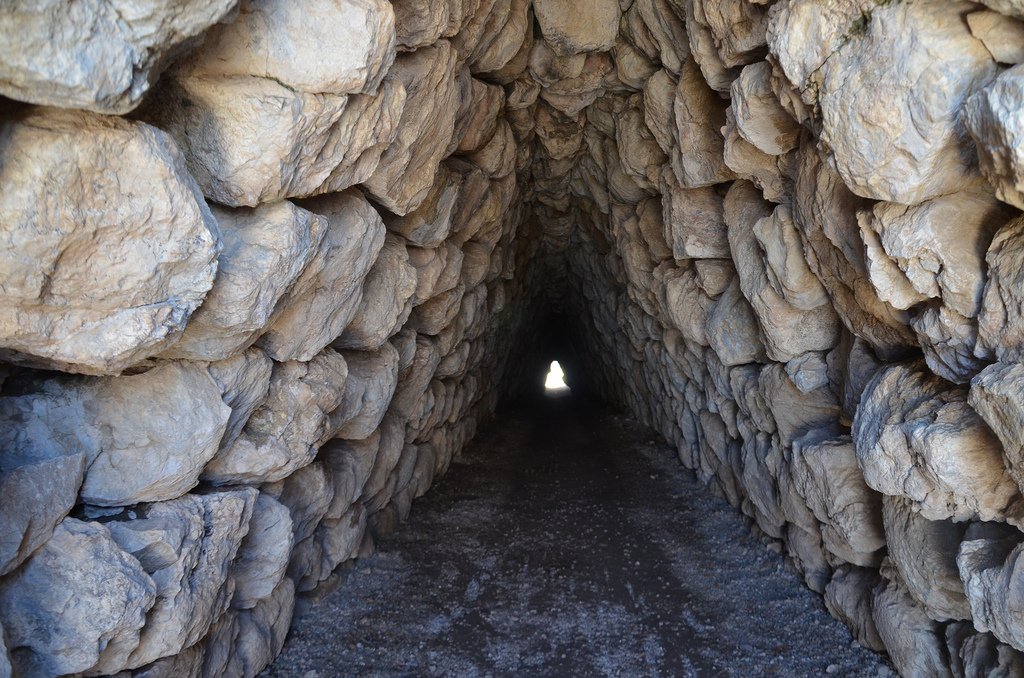
Hattusa’s fall
The fall of the Hittite Empire began in the mid-13th century BC, owing mostly to the emergence of its eastern neighbours, the Assyrians. Furthermore, invasions by hostile groups such as the Sea Peoples and the Kaska undermined the Hittite Empire, eventually leading to its demise in the first part of the 12th century BC. Hattusa was ‘captured’ by the Kaskas in 1190 BC, and was looted and burnt.
Hattusa was abandoned for 400 years before being resettled by the Phrygians. The site remained a town during the Hellenistic, Roman, and Byzantine centuries, albeit its golden days were long gone.
Meanwhile, the Hittites deteriorated and finally vanished, with the exception of a few mentions in the Bible and certain Egyptian records. The Hittites and their city, Hattusa, were first rediscovered by the modern society during the nineteenth century, when excavations began at Boğazkale.




